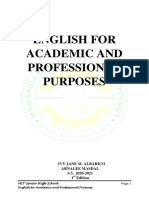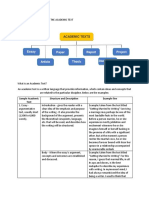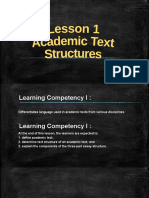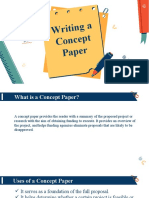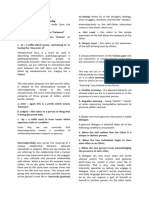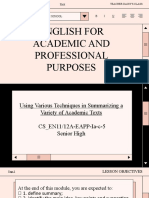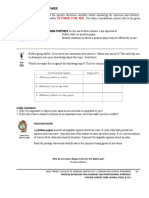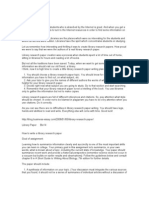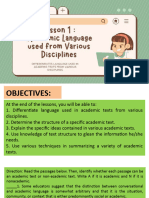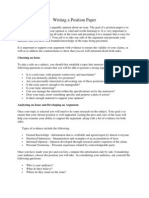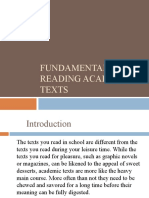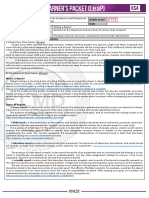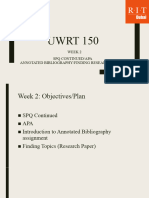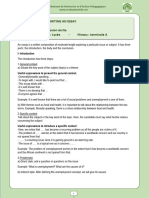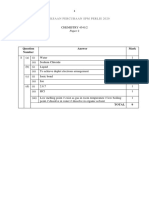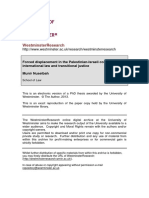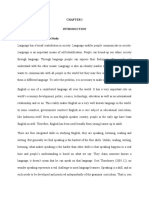0% found this document useful (0 votes)
170 views15 pagesParaphrasing and Quoting Guide
The document discusses paraphrasing, summarizing, and direct quoting. It defines each term and differentiates between them. Paraphrasing involves restating a passage in one's own words while maintaining the original meaning. Summarizing is presenting the main ideas in a shorter form without copying word-for-word. Direct quoting uses the exact words from the source between quotation marks with proper citation. The document provides examples of paraphrasing texts and using both short and long direct quotes. It also discusses when to use each technique.
Uploaded by
Hazel Joyce JacobCopyright
© © All Rights Reserved
We take content rights seriously. If you suspect this is your content, claim it here.
Available Formats
Download as PDF, TXT or read online on Scribd
0% found this document useful (0 votes)
170 views15 pagesParaphrasing and Quoting Guide
The document discusses paraphrasing, summarizing, and direct quoting. It defines each term and differentiates between them. Paraphrasing involves restating a passage in one's own words while maintaining the original meaning. Summarizing is presenting the main ideas in a shorter form without copying word-for-word. Direct quoting uses the exact words from the source between quotation marks with proper citation. The document provides examples of paraphrasing texts and using both short and long direct quotes. It also discusses when to use each technique.
Uploaded by
Hazel Joyce JacobCopyright
© © All Rights Reserved
We take content rights seriously. If you suspect this is your content, claim it here.
Available Formats
Download as PDF, TXT or read online on Scribd
/ 15
